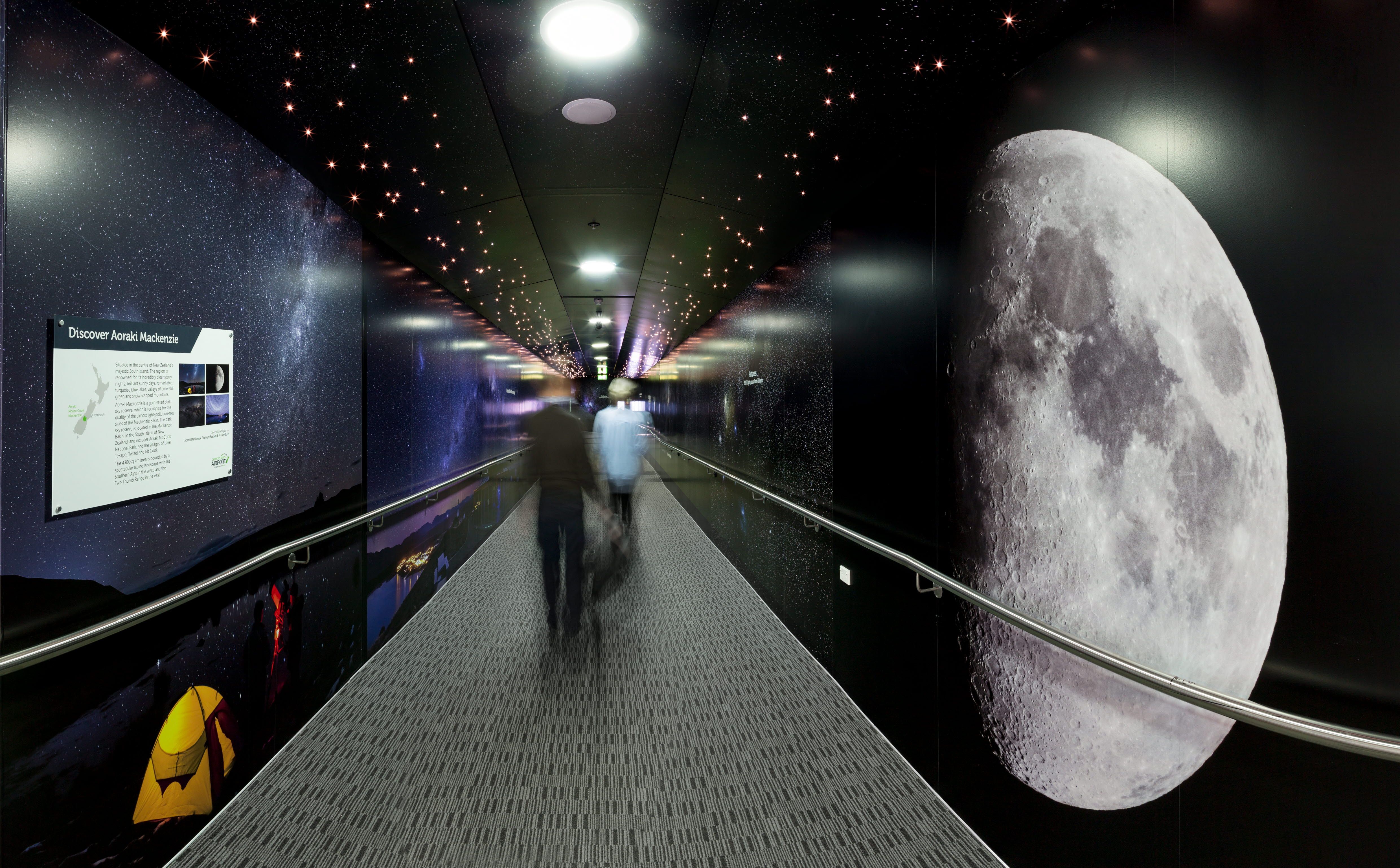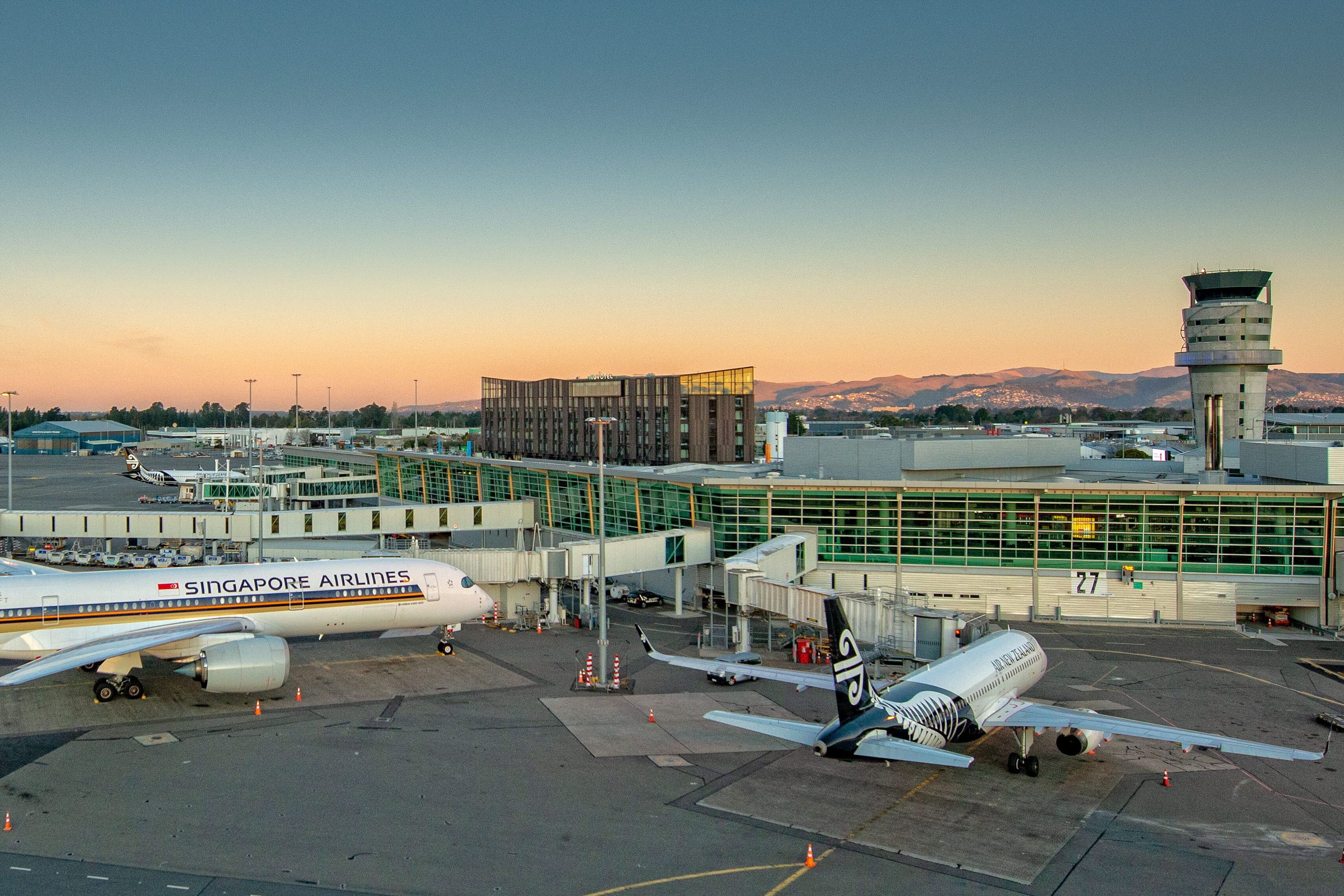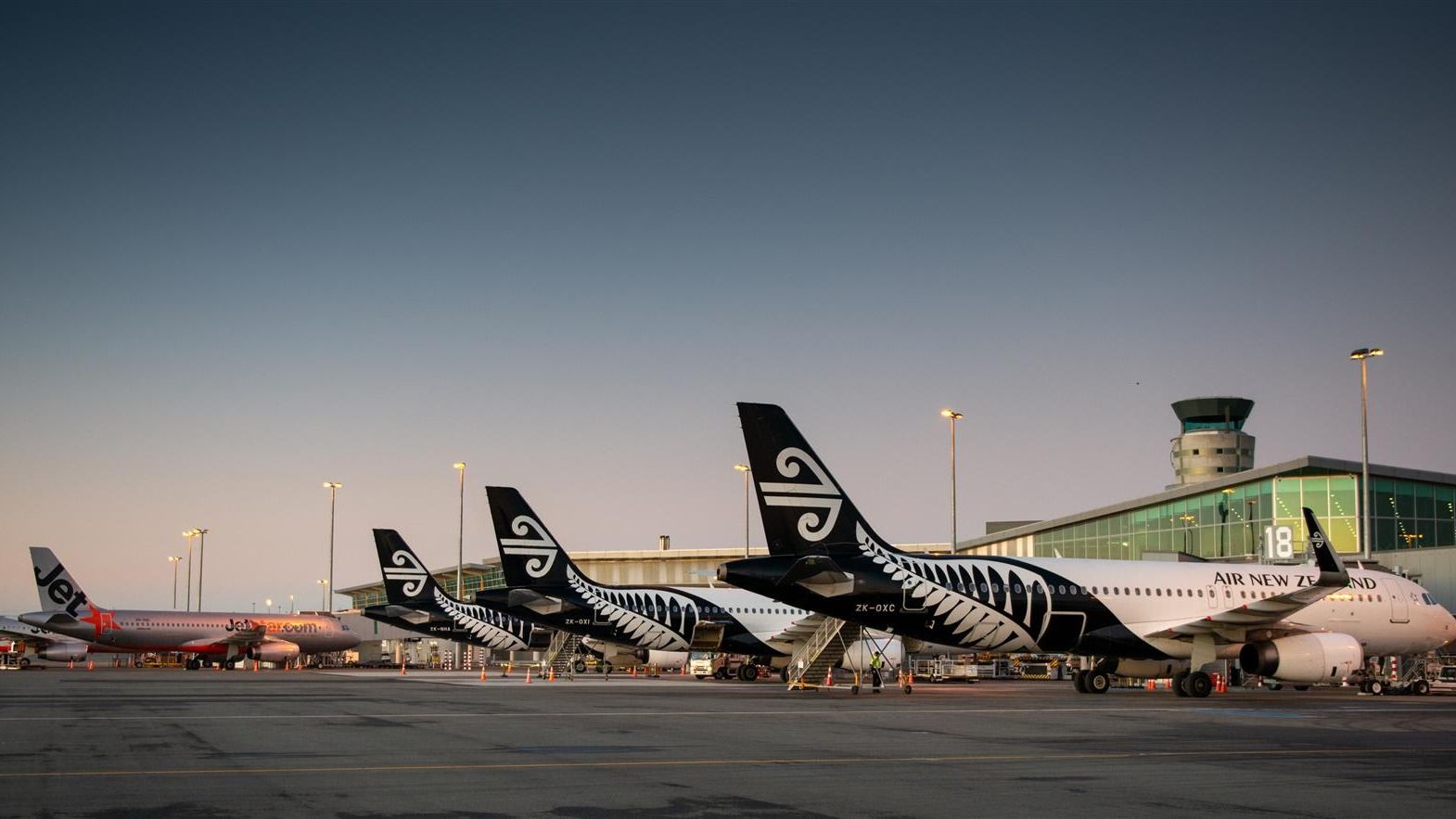Summary
- Christchurch Airport achieves Level 5 Airport Carbon Accreditation, a groundbreaking achievement in the aviation industry.
- The airport follows a strict process, including carbon footprint measurement and emission reduction targets, to achieve and maintain net zero emissions by 2050.
- Christchurch Airport is committed to decarbonizing the aviation sector and is working on renewable energy projects and partnerships to achieve this goal.
New Zealand’s Christchurch Airport (CHC) has become the first airport in the Southern Hemisphere to achieve a new level of Airport Carbon Accreditation, as the Airports Council International (ACI) unveiled the airport had reached Level 5, at COP 28, the United Nations Climate Change Conference.
Christchurch, which has long pioneered sustainable aviation practices, will join nine other European airports with this accreditation and become the first and only airport in the Southern Hemisphere to hold such a title.
Photo: Christchurch Airport
Not a walk in the park
To achieve such accreditation, the airports must follow a strict process, which includes submission of verified carbon footprints relevant to emissions as per the GHG Protocol Scope 3 guidance, be able to achieve and maintain less than 90% absolute CO2 emissions, with an aim for net zero by 2050, credible carbon removals, a Carbon Management Plan which outlines the airport’s aspirations and goals to achieve it’s emission reduction targets, a stakeholder partnership plan, with the value change actively working towards net zero emissions, alongside other regular milestones.
Christchurch Airports Chief Executive Justin Watson reiterated the hard work his team at CIAL (Christchurch International Airport Limited) had put into the latest achievement:
“This is a moon shot moment for our team. This is a challenging sector to abate and no one is under any illusion – we have a whole lot more work to do to decouple carbon from aviation and make the zero aviation dream a reality. We recognise however the critical role that aviation plays, especially for isolated nations, and therefore are committed to being part of the solution. That’s why 90% of the work we do now focuses on how we can help other businesses, including our airline partners decarbonise. As a business we are working hard. We are building a 400-hectare renewable energy precinct, Kōwhai Park, to provide the green energy low emission aircraft will need in the future. We’re part of a consortium to enable hydrogen aviation to take off in New Zealand and we’re helping lead Sustainable Aviation Aotearoa.”
Photo: Christchurch Airport

Did You Know: New Zealand’s Christchurch Airport Has Various Themed Air Bridges
Be whisked away into an immersive and magical experience filled with sights, sounds, and scents.
Christchurch joins nine other airports in Europe that have reached this monumental step, which include Dutch airports, Amsterdam Airport Schiphol, Eindhoven, and Rotterdam-The Hague Airport; Portuguese airports Beja, Madeira, and Ponta Delgada; Swedish gateways Göteborg Landvetter and Malmö, and finally French airport, Toulon-Hyères.
Level 5, Airport Carbon Accreditation Programme
Olivia Jakovec, the Director General of ACI Europe, noted that the Airport Carbon Accreditation programme continues to set a high bar in the role aviation plays within the global climate crisis, and stated:
“With Level 5, we establish a reference framework for achieving a net-zero carbon balance for airports – a milestone unmatched by any other industry. We do not shy away from the role aviation plays in the climate emergency – it is one of the most difficult industries to decarbonise, but working together with all the stakeholders active at the airport site we can bring about real change.”
Photo: Christchurch Airport
Christchurch International Airport won’t just be celebrating its latest level 5 carbon accreditation this weekend, with United Airlines set to touch down on Sunday morning, initiating the airports first scheduled service to the United States this decade.




